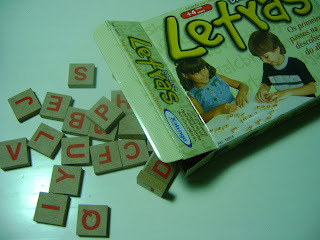
How do we use our board? In what occasions do we make use of it? Do we use it correctly? I looked for something about it on the Net and I found some great tips here: http://teachingenglish.org.uk/think/articles/using-board. Check it out:
a) When you write something on the board move away quickly so that students can see what you’ve written.
b) Don’t turn your back to the class for too long.
c) Write clearly.
d) Check what you write as your write (so that students don’t copy something wrong)
e) Organize your board (ops..this one if sooo for me!).
Concerning another ways to use our best friend (the board):
a) It can be used as a surface to display pictures, posters and flashcards.
b) We can also play games like: Hangman, “pictogram” (students draw something and the others have to guess what it is), spelling races, anagrams, etc.
c) We can draw pictures for explaining texts and stories. A story-telling with basic pictures on the board. Create picture stories and use these for further oral or written work.
d) Use it as a support for your voice – to give instructions, examples, etc.
And a last and precious suggestion: Try to encourage your students to come to the board to choose, select, describe pictures or even to draw! Make your best friend as interactive as possible!
PS: Today I simply put on the board some questions realated to the content I had taught previously and it worked really well as a brief review and as a warm up at the same time. When we didn't have enought time to type a few questions before class we can simply write them on the board and get to the same results. Simple but not less effective! Have a great day, colleague!








































